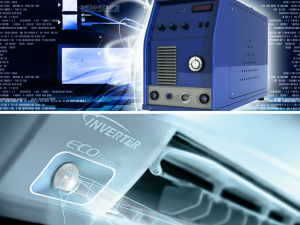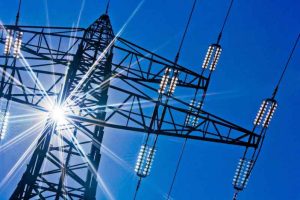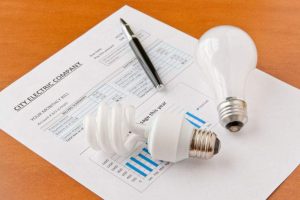Decoding LT, HT, Domestic, Commercial and Industrial tariff structures by utilities
We at Bijli Bachao get a lot of emails from our readers asking for help about their electricity bills. While discussing the electricity bills, we talk about words like LT, HT, Domestic tariff, Commerical tariff or industrial tariff, but we realized that very few people understand them and how rates/tariffs of electricity are structured. With this article, we would like to help people understand various types of tariff structures that utilities come up with and also that electricity rates are not the same for every consumer of electricity.
LT (Low Tension) vs HT (High Tension)
Tension is a French word for Voltage. A low-tension line is a low voltage line and a high-tension line is a high voltage line. In India LT supply is of 400 Volts for three-phase connection and 230 Volts for single-phase connection. High tension or HT supply is applicable for bulk power purchasers who need 11 kilo-Volts or above. Most small consumers of electricity like individual houses, shops, small offices and smaller manufacturing units get their electricity on LT connection. HT is applicable for bulk purchasers of electricity like industries (big manufacturing units), big offices, Universities, hostels and even residential colonies (if the apartment complexes purchase together in bulk). The tariff structures of most state distribution companies are different for LT and HT.
In some states, a residential complex can benefit from lower rates if electricity is taken at bulk HT tariff. Internally the complex can provide electricity to its residents through the common supply.
Domestic, Commercial and Industrial tariffs
Distribution companies provide electricity at different rates to different categories of consumers. Every state has different categories that cater to the needs of the businesses prevalent in their states. But the most common categories are domestic (residential), commercial (shops and offices) and Industrial (manufacturing units). With rates being lowest for residential consumers and highest for industrial consumers. Within these categories, there are separate rates for LT and HT. So if we have to list down, the following categories will be available in most states:
Domestic-LT:
This applies to domestic dwelling rural (including below poverty line), urban individual and built for housing society etc.
Domestic-HT: Bulk supply for residential colonies.
Many times the categories are also differentiated depending on the connected load since commercial units are also located in the housing society and the tariffs increase if the connected load is higher. Besides this, the advantage of slab wise billing is not available. The consumers have referred this to the Regulators and in UP, a provision of option has been provided if the society wants to shift from bulk to individual connections as their cost. Refer amendment no. 13 of Supply Code of UPPCL.
All States:
The tariff structures of states are not uniform and vary widely in the combination of fixed and unit charges. Visit this link to get the idea of the tariff of the State you dwell in.
Domestic Electricity LT Tariff Slabs and Rates for all states in India in 2020
Commercial & Industrial-LT/HT: for small shops, offices, hotels, guest houses, theatres; manufacturing and industry etc.
The structure of commercial and industrial tariff is different as compared to domestic. Every state follows its own structure and the same is under compilation for each state. To begin with, it is UP and other States will be added subsequently.
UP
Decoding Commercial and Industrial Connection in Uttar Pradesh
Cross subsidies and need for different tariffs
While cost of generation, transmission and distribution are the same, but the tariffs charged for different consumers is different. For example, if the average cost of service is Rs 3/unit, the domestic consumer may be charged at Rs 2.5/unit while an industrial consumer may be charged at Rs 3.5/unit. In this case, it is said that the domestic consumers are cross-subsidized by industrial consumers. These cross subsidies have been put in place in the country to make sure that the common man is not burdened much with the rising electricity costs. Industries and business take the most burdens of higher electricity costs. And thus the tariffs are different for different categories of consumers.
About the Author:
Abhishek Jain is an Alumnus of IIT Bombay with almost 10 years of experience in corporate before starting Bijli Bachao in 2012. His passion for solving problems moved him towards Energy Sector and he is keen to learn about customer behavior towards Energy and find ways to influence the same towards Sustainability. More from this author.






